Women in science are living life by the numbers
These scientists study physics, computer science, math and more
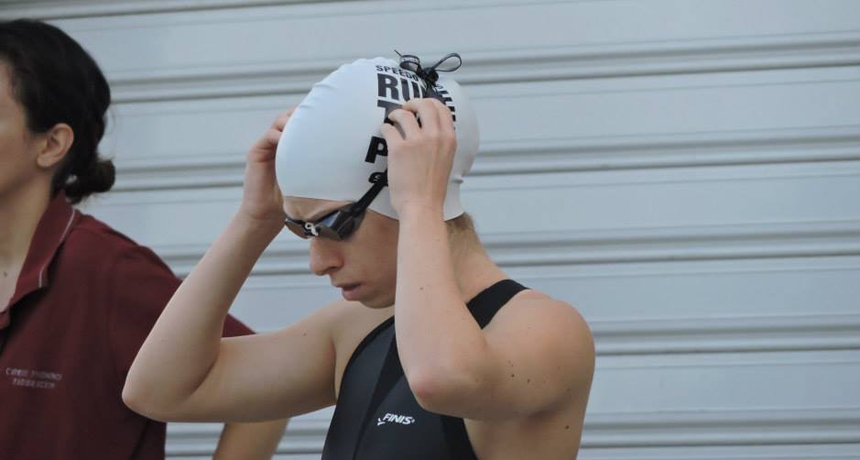
Ioanna Kalvari gets ready to swim in what she calls her “superhero suit.” When she’s not writing computer programs, she’s swimming.
Theodoros Feggaras
Share this:
- Share via email (Opens in new window) Email
- Click to share on Facebook (Opens in new window) Facebook
- Click to share on X (Opens in new window) X
- Click to share on Pinterest (Opens in new window) Pinterest
- Click to share on Reddit (Opens in new window) Reddit
- Share to Google Classroom (Opens in new window) Google Classroom
- Click to print (Opens in new window) Print
Think women aren’t cut out for math? Think again. Science News for Students sent out a call for women in science, technology, engineering and math (STEM) to send us photos and videos of their lives in science. At the time, we only expected a few responses. But we got more than 150 submissions from around the world.
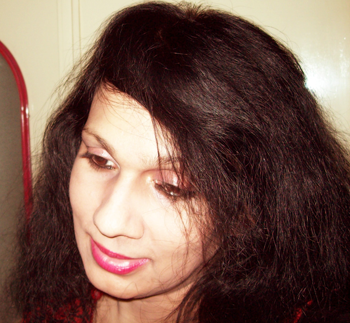
Fields like math, physics and technology have a reputation for being just for the guys. These women, though, show those areas are definitely a girl thing. Meet these 12 inspiring scientists.
Mani A
How do we know what is true? Some people might consider that a question for philosophy. But Mani considers it a question of math. She studies areas such as algebra and logic at the University of Calcutta in Kolkata, India. Mani develops mathematical formulas to understand how we know what we know, and what areas remain vague. She is also interested in feminism and rights for LGBTQ people. (That acronym stands for lesbian, gay, bisexual, transgender and queer.) That’s because, she says, “I am an out and proud lesbian.”
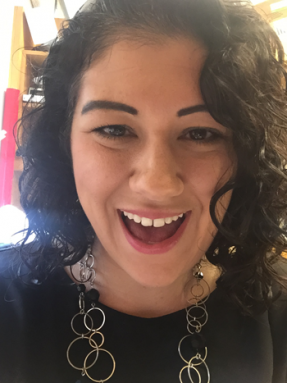
Julie Barber-Rotenberg
Molecules called proteins do most of the heavy work in the cells that make up your body. Barber-Rotenberg studies these molecules. She is a biophysicist at the University of Pennsylvania in Philadelphia. By figuring out exactly how proteins are put together and function, she hopes to find treatments for skin and breast cancers.
Outside of the lab, Barber-Rotenberg does a lot of chemistry. She cooks! “On the nights and weekends, I trade in my pipettes for measuring cups and baking pans, and run a food blog, Bunsen Burner Bakery,” she says. “The experimental results are a lot more fun (and a lot more delicious!)” than her lab work.
Lisa Glaser
Glaser is in to small stuff. Very, very small stuff. She studies quantum gravity. This is an area of science that describes how tiny particles such as atoms and protons might react to the forces of gravity. Glaser is a physicist at Radboud University in Nijmegen in the Netherlands. Before she became a scientist, Glaser spent her teenage years teaching kids karate.
Glaser explains her work in the video below.
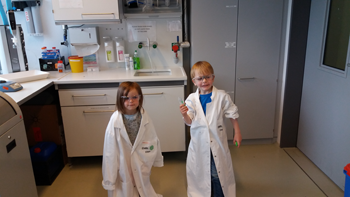
Melissa Ann Gräwert
Gräwert works at the European Molecular Biology Laboratory (EMBL) in Hamburg, Germany. There, she works with a machine called a synchrotron. “A synchrotron is a cyclic particle accelerator that can be used to create X-rays,” she explains. That means that the machine makes particles move very fast to create those X-rays. “At a doctor’s office, X-rays are used to image the inside of us,” she says. “At the synchrotron, we use the X-rays to indirectly obtain ‘pictures’ of smaller objects such as proteins and DNA. These are small objects that are only a few nanometers big.” (A nanometer is equal to one-billionth of a meter.)
Ioanna Kalvari (photo at top)
Kalvari is a computer scientist at the European Bioinformatics Institute at EMBL. And being a computer programmer, she sent us the information about her in code! You can see the code yourself here at Github. (This is a site where people can share their code.) The code and its output are displayed below. In it, she describes all the things that she loves to do. She also talks about her aspiration to become the best that she can be.
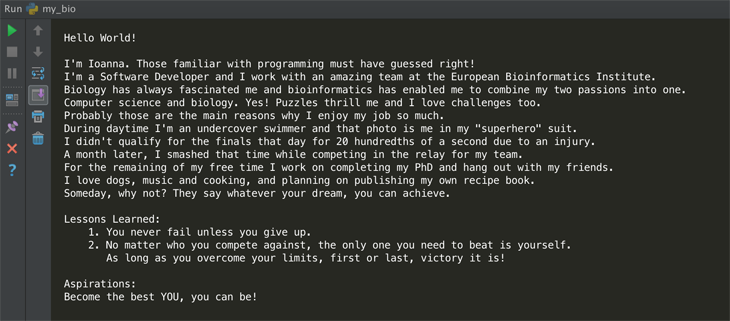
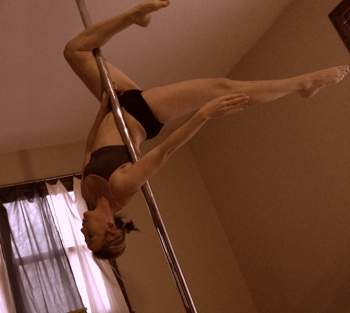
Jennifer Klein
“The most important trait to possess as a scientist is the ability to throw yourself into a new field or technique and trust that you’ve been trained to learn anything,” says Klein. She is a biophysicist at the University of Wisconsin–La Crosse. She studies the molecules that make us grow older. “I think of myself as a biophysicist, but really, I’ve had to pick up cell biology, molecular biology, biochemistry and physiology,” she says. Outside of the lab, Klein has two daughters and loves to do aerial arts. “I try to model for my girls and students a fully lived life,” she says.
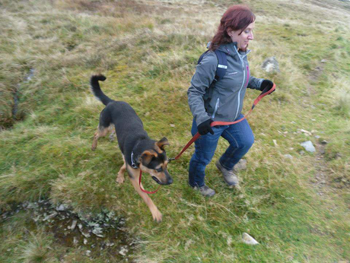
Gemma Nash
When you see a fancy website, with data you can search through and images you can interact with, have you ever wondered about who made it? If you’ve been to the website for the British Geological Survey (based in Nottingham, England), the answer to that question is Nash. “I am the internet manager responsible for the BGS website,” she says. “After studying web development at [university], I started at BGS in 2006 building simple, basic web pages. And now I build complex dynamic database applications to share wondrous Earth science research, data and information.”
Nash says she is a “sci-fi geek,” but she doesn’t spend her whole life staring at screens. She also loves animals and lives with dogs, chickens and even a gecko.
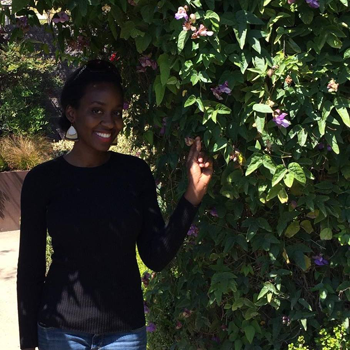
Sophie Okolo
Okolo got her degrees by studying aging and bioinformatics — using computers to make tools to analyze large amounts of biological data. “I previously analyzed and interpreted biological data, such as DNA base-pair sequences, to produce 3-dimensional protein structures,” she explains. Now, she works for Big Data Africa, based in Washigton, D.C. This venture uses large amounts of data to inform decision-making in governments and businesses.
Outside of the lab, Okolo loves fantasy. “I love everything about The Lord of the Rings movies,” she says. “I own the extended versions, a historical documentary by National Geographic and keep up with blogs dedicated to Tolkien and Middle Earth.”
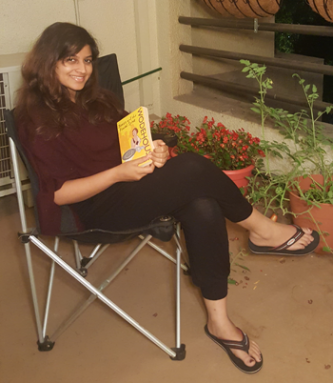
Meenakshi Prabhune
Many scientists prefer to spend their time getting data. Prabhune, though, wanted to make sure the world knew about their accomplishments. She started out studying biophysics — learning how physics applies to the way living creatures move and function — at the University of Göttingen in Germany. Now, she doesn’t do the science; she writes about it. “I am researcher-turned-science-writer and love reading and writing about everything biology-related,” she says.
Susanne Pumpluen
Do you like math? Pumpluen sure does. She studies math at the University of Nottingham in England. Many people might think modern math needs complicated computers. But Pumpluen says no, it does not. “I don’t even need the internet,” she says. “I need a piece of paper, [and] I need a pen.”
Check out Pumpluen and her research in the video below.
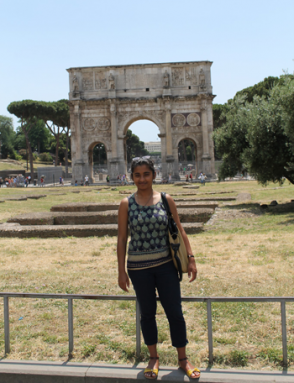
Divya Swaminathan
“About 10 years ago, I came from India to the United States for graduate studies in physics,” says Swaminathan. Now, she’s a biophysicist at the University of California, Irvine. “In my research, I use concepts from physics and mathematics to study how calcium behaves within cells.” Calcium is an important element for signaling in cells. “In order to do this, I have to write a lot of code, and it’s fun,” she says.
Swaminathan also loves to dance. She’s been studying a classical form of Indian dance called Bharatanatyam since she was young.
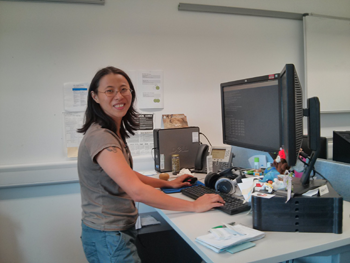
Siew-Yit Yong
Yong started out her career interested in biotechnology, but soon she discovered she loved computer programs, too. “I was especially interested in protein structures, so I did a project on simulating the protein and sugar interactions using a software for my master’s degree,” she says. “That kind of kick-started my career in bioinformatics, so I started learning about programming and databases.” Now she helps run InterPro at the EMBL campus in Hinxton, England. InterPro is a computer program that classifies proteins.
In her daily life, Yong likes to meditate and do yoga. She even meditates while playing tennis! She says in tennis, it’s all about maintaining your composure.
If you enjoyed this post, make sure to check out the others in our series on women in STEM. We’ve got women in astronomy, biology, chemistry, medicine, ecology, geology and neuroscience. And keep an eye out for new additions. There are still many more scientists to come!
Follow Eureka! Lab on Twitter







